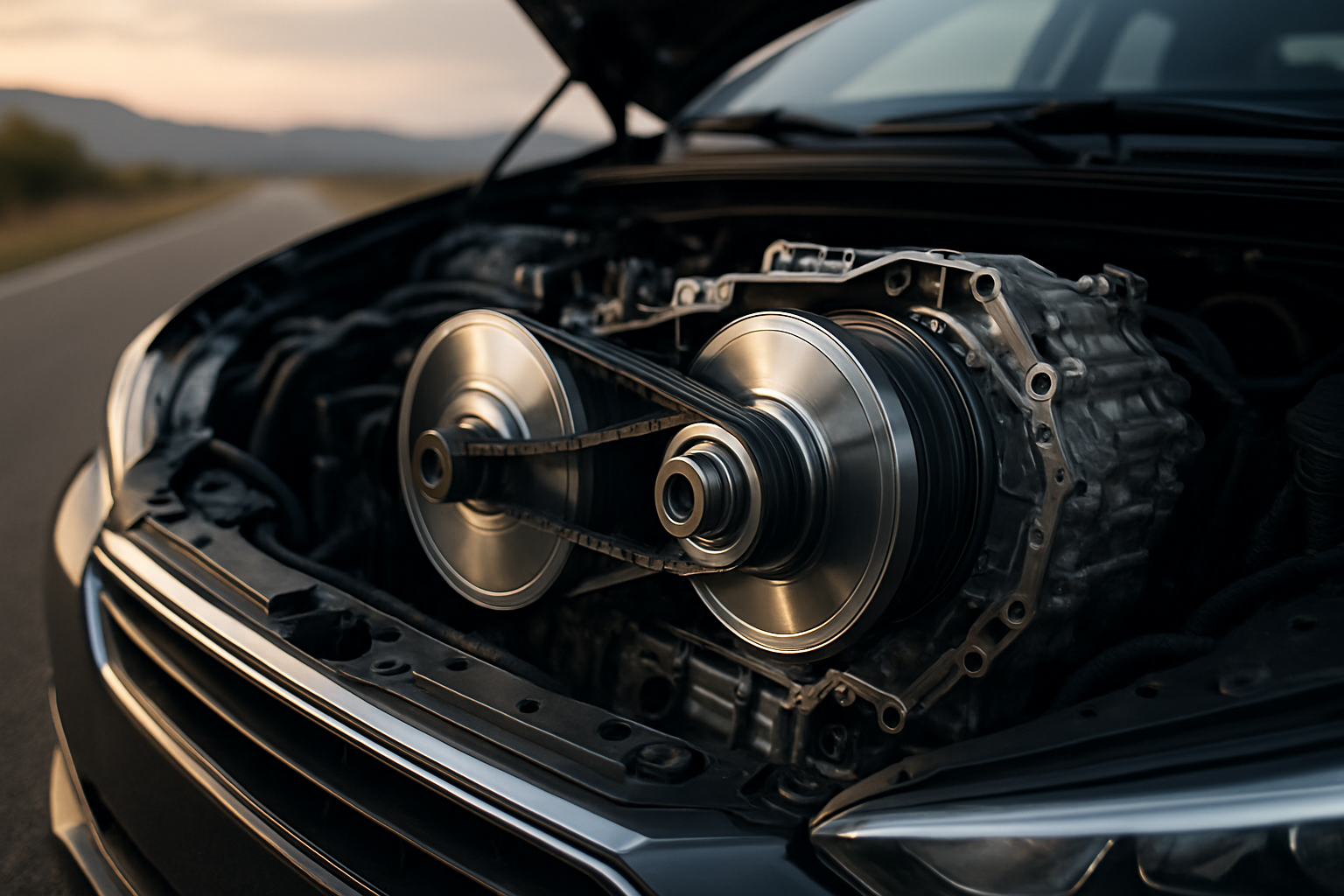The Untold Story of Hydropneumatic Suspension
Smooth sailing on rough roads: a car glides effortlessly over potholes, its body remaining perfectly level. This isn't science fiction; it's the magic of hydropneumatic suspension. A marvel of automotive engineering, this technology has revolutionized ride comfort and handling, yet remains largely unknown to the average driver. Let's dive into the fascinating world of fluid-powered suspension systems.

In 1954, Citroën unveiled the Traction Avant 15H, the first production car featuring hydropneumatic suspension on its rear axle. This was just the beginning. The revolutionary DS model, launched in 1955, incorporated the system on all four wheels, stunning the automotive world with its otherworldly ride quality and self-leveling capabilities.
How Hydropneumatic Suspension Works
At its core, hydropneumatic suspension replaces traditional steel springs with a system of fluid-filled spheres. Each sphere contains two chambers: one filled with pressurized nitrogen gas, the other with hydraulic fluid. As the wheel encounters bumps or dips in the road, the fluid is forced into the gas chamber, compressing the nitrogen and absorbing the shock.
The genius of the system lies in its ability to maintain a constant ride height regardless of load. A height corrector valve adjusts the amount of fluid in each sphere, raising or lowering the car body as needed. This self-leveling feature ensures optimal suspension performance and handling characteristics in various driving conditions.
Advantages Over Conventional Suspension
Hydropneumatic suspension offers several key benefits over traditional steel spring systems. First and foremost is ride quality. The progressive nature of gas compression allows for a soft initial response to small bumps, gradually stiffening to handle larger impacts. This results in a ride that is both incredibly comfortable and well-controlled.
The system’s self-leveling capability is another major advantage. Whether carrying a full load of passengers and luggage or just the driver, the car maintains its ideal ride height. This ensures consistent handling, braking performance, and headlight alignment regardless of load distribution.
Furthermore, hydropneumatic suspension allows for variable ride height. Many systems can raise the vehicle for increased ground clearance on rough terrain or lower it at high speeds for improved aerodynamics and stability.
Challenges and Complexities
Despite its advantages, hydropneumatic suspension has not achieved widespread adoption due to several factors. The system’s complexity compared to conventional suspension makes it more expensive to produce and maintain. Specialized knowledge is required for repairs, and replacement parts can be costly.
There are also reliability concerns. While well-maintained hydropneumatic systems can last for decades, they are more prone to leaks and failures than simpler steel spring setups. The high-pressure fluid lines and numerous seals present potential points of failure that require regular inspection and maintenance.
Modern Applications and Future Prospects
While Citroën remains the most well-known proponent of hydropneumatic suspension, other manufacturers have experimented with similar systems. Rolls-Royce, for example, used a licensed version of Citroën’s technology in several models. Mercedes-Benz developed its own hydraulic suspension system, called Active Body Control, which shares some principles with hydropneumatic designs.
Looking to the future, the core concepts of hydropneumatic suspension continue to influence automotive engineering. Active and semi-active suspension systems, which use electronic controls to adjust damping rates on the fly, owe much to the pioneering work of hydropneumatic technology. These modern systems aim to combine the comfort and adaptability of hydraulic suspension with improved reliability and reduced complexity.
The Legacy of Fluid Power
Hydropneumatic suspension represents a bold departure from conventional automotive design philosophy. Its development required engineers to think beyond the limitations of steel springs and shock absorbers, embracing the power of fluid dynamics to create a truly adaptive suspension system.
While it may never become the industry standard, hydropneumatic suspension has left an indelible mark on automotive history. It pushed the boundaries of what was possible in terms of ride comfort and handling, forcing other manufacturers to innovate in response. The technology continues to captivate automotive enthusiasts and engineers alike, serving as a testament to the power of creative problem-solving in the face of complex challenges.
As we look to the future of automotive suspension design, the lessons learned from hydropneumatic systems will undoubtedly play a role. Whether through refined hydraulic designs or entirely new technologies, the quest for the perfect balance of comfort and control continues, driven by the same spirit of innovation that gave birth to the floating magic of hydropneumatic suspension over half a century ago.





